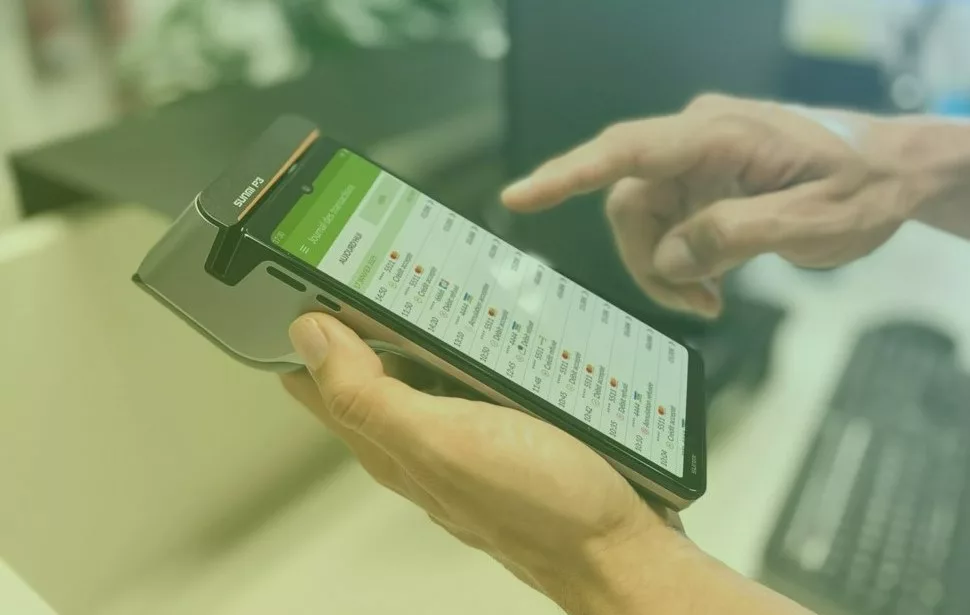Every day we use mobile phones for many things, even for shopping and to pay.
Have you ever wondered why traditional payment methods aren’t working as well as they used to? Quite simple, because shopping habits are changing, forcing companies to change their sales habits. The new generations have perfectly assimilated the use of new technologies. They will be the future consumers!
Traditional payment methods, such as cash, no longer work as they used to because there is no automation and do not guarantee availability. To a greater or lesser extent, all these channels that are still used do not make it easier to interact with the user.
Long waits to speak to an agent can have a negative impact on customers who want to interact with your business. But why do they prefer mobile payments?
Keep reading!
The context of mobile payments in 2021
If there is one industry that the emergence of the smartphone has influenced, it is undoubtedly the retail sector.
Put yourself in the shoes of today’s consumers without even thinking about the situation generated by COVID-19: if you need to buy a new product, chances are you first want to research it, find out about the offers, the different options, and compare prices. Therefore, almost instinctively, you will type it into Google on your phone because it is the closest device to you, if not in your hand. A device that always goes with you, wherever you are, if you can also use it as a means of payment, the better.
eCommerce is experiencing a moment of glory thanks to the speed, immediacy, and simplicity that shopping with smartphones allows. This is why it is becoming increasingly common for companies to develop their own responsive websites and mobile applications because they know that today’s users are looking for them.
“Once we free ourselves from traditional thinking, we can get on with the task of building the future” – Bertrand Russell.
8 reasons why mobile payments are on the rise among users
We have compiled the main reasons why users are opting for payments via their Smartphones:
- The need to carry a wallet is eliminated, which speeds up and secures the payment process.
- There is greater security, as you do not risk losing your cash, as you need to identify yourself by touch or password. Plus, if you add the creation of security codes for transactions, security is multiplied. With the PSD2 regulation, “banks are obliged to have APIs that allow other applications and services to access our accounts, if we so wish, to expand the possibilities of online mobile payments.” In addition, before carrying out an action, you will have to enter the confirmation code and a PIN that will be sent by SMS to your mobile phone, thus requiring double authentication.
- Reduce expenses. Mobile devices can become your payment method simply by using an app or card reader.
- It is more convenient since companies make it easier to shop via smartphones with responsive websites and mobile applications.
- Acceleration of payment by businesses improves the user experience with the store and improves communication between the two. It facilitates and increases the speed of the purchasing process.
- The mobile phone is the device that users have closest to them all the time.
- Mobile payment applications allow us to track and monitor the status of our accounts.
- The service is free of charge or interest, so the smartphone works like a credit card.
It has been shown that most of these shoppers are women and men between 18 and 34 years old, almost digital natives. And this equates to generations Y and Z, also known as millennials and centennials.
Thanks to eCommerce, you can window shop the world from home. Thanks to the mobile phone, you can shop with one click. And if it is the brand experience that builds the brand, businesses have no choice but to adapt to the new shopping habits.
How COVID-19 influences mobile payment
Mobile business applications and responsive websites have made it possible for brands to increase their visibility and online sales via mobile phones. We have rescued some headlines that serve as proof of this evolution:
- “COVID-19 is accelerating mobile payments despite consumer decline.” (MarketingNews, 17/07/2020)
- “COVID makes mobile payments grow, but Spaniards still prefer to use cards (60%) or cash.” (20 minutes, 11/02/2020)
- “The COVID outbreak boosts mobile payments.” (Mobility Zone 20/12/2020)
Certainly, something has changed. And not only because of COVID, since it has only been a boost to the change that, in other circumstances, would have come a couple of years later. The pandemic has had a major effect on the increase in mobile payments and online services. Either because of the lockdown and the need to make purchases online, or because of the leap of companies to the online world and the ease of processes for users, or because of the fear of contagion through the use of cash. In any case, mobile payments are a trend that is here to stay.
“According to a Visa survey, 67% of users who make the most mobile payments say they have been using them since the outbreak of the coronavirus pandemic.” (20 minutes)
What can we expect from payment models in the coming years? Follow us every week on our blog, and do not miss the latest news.




